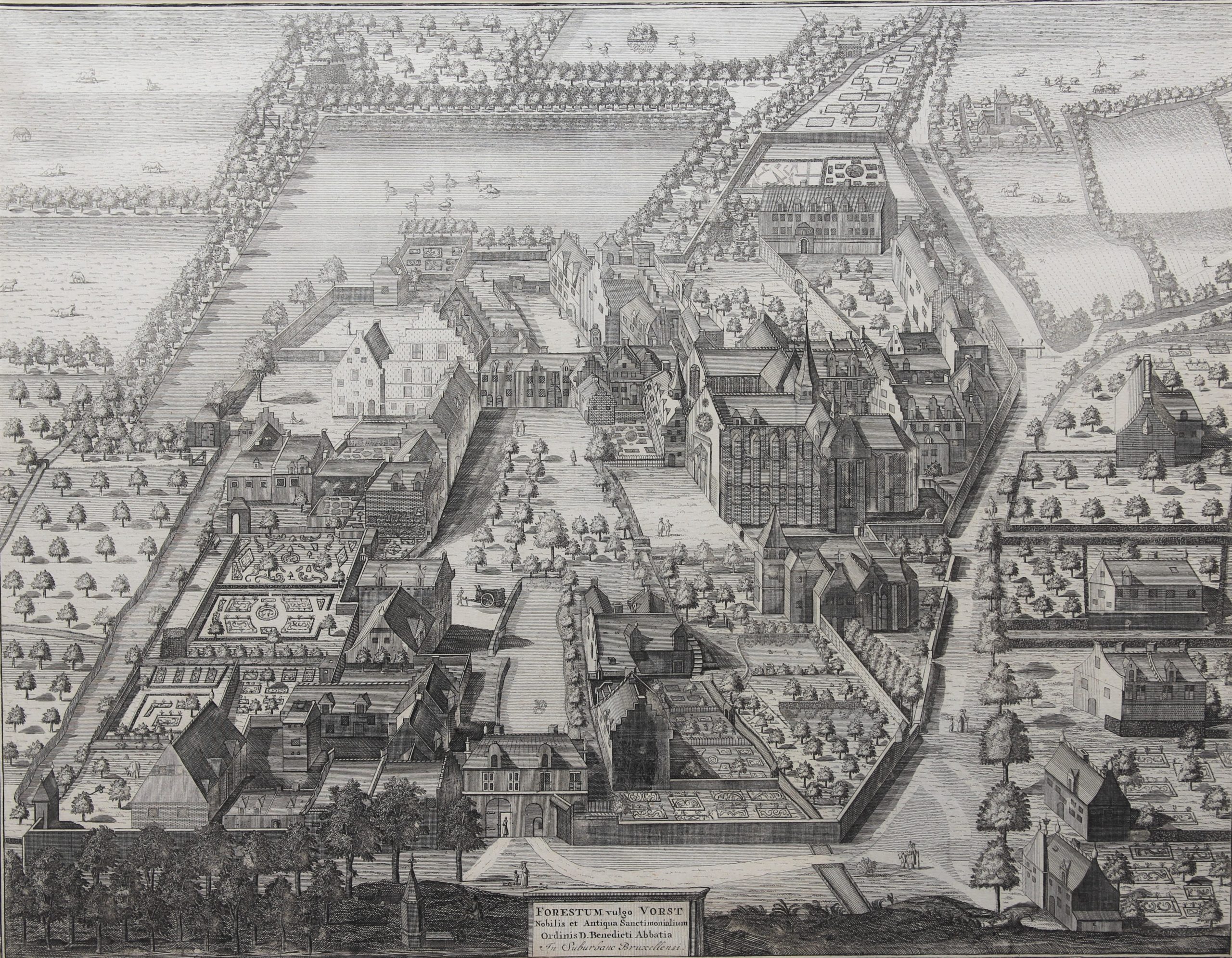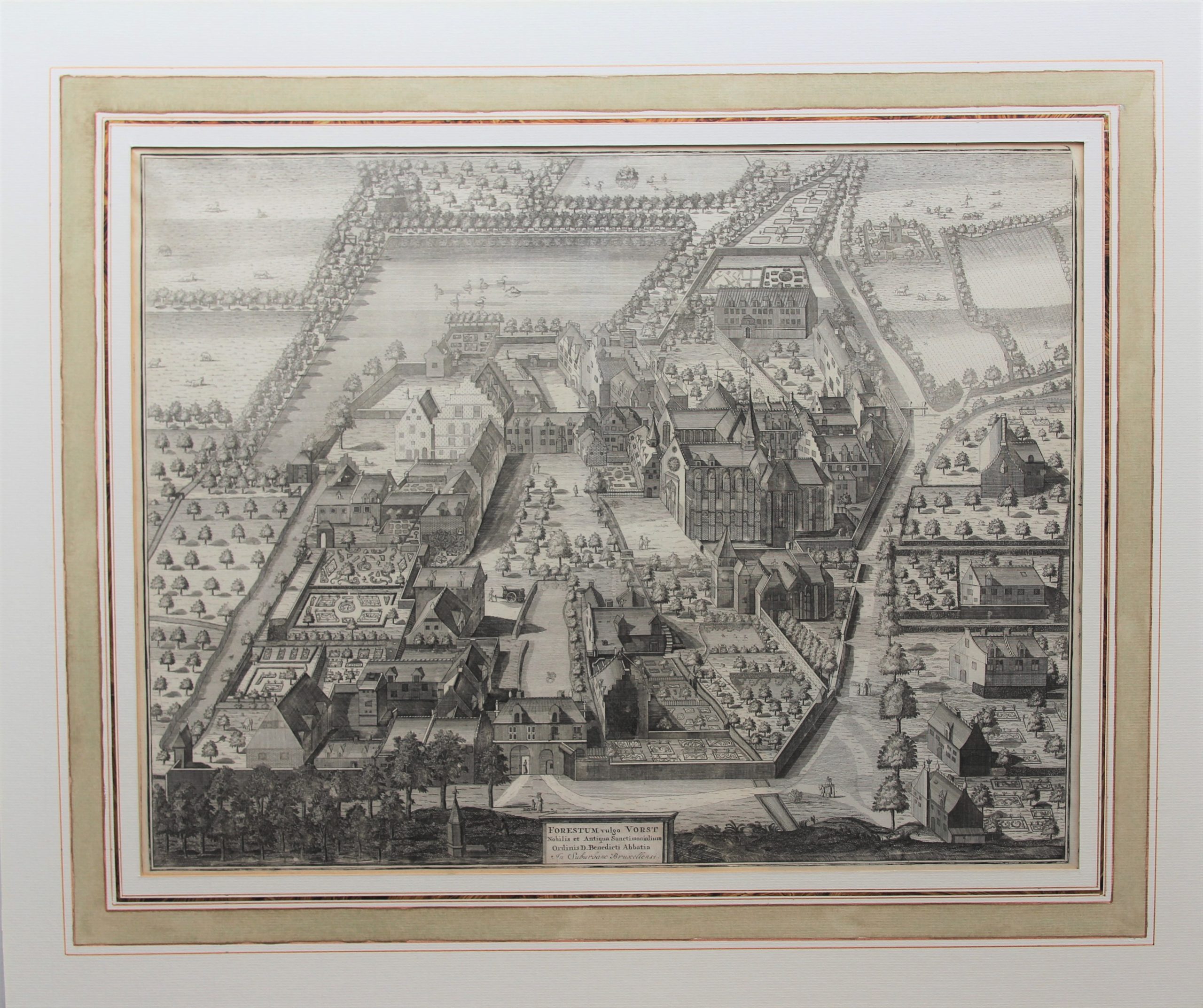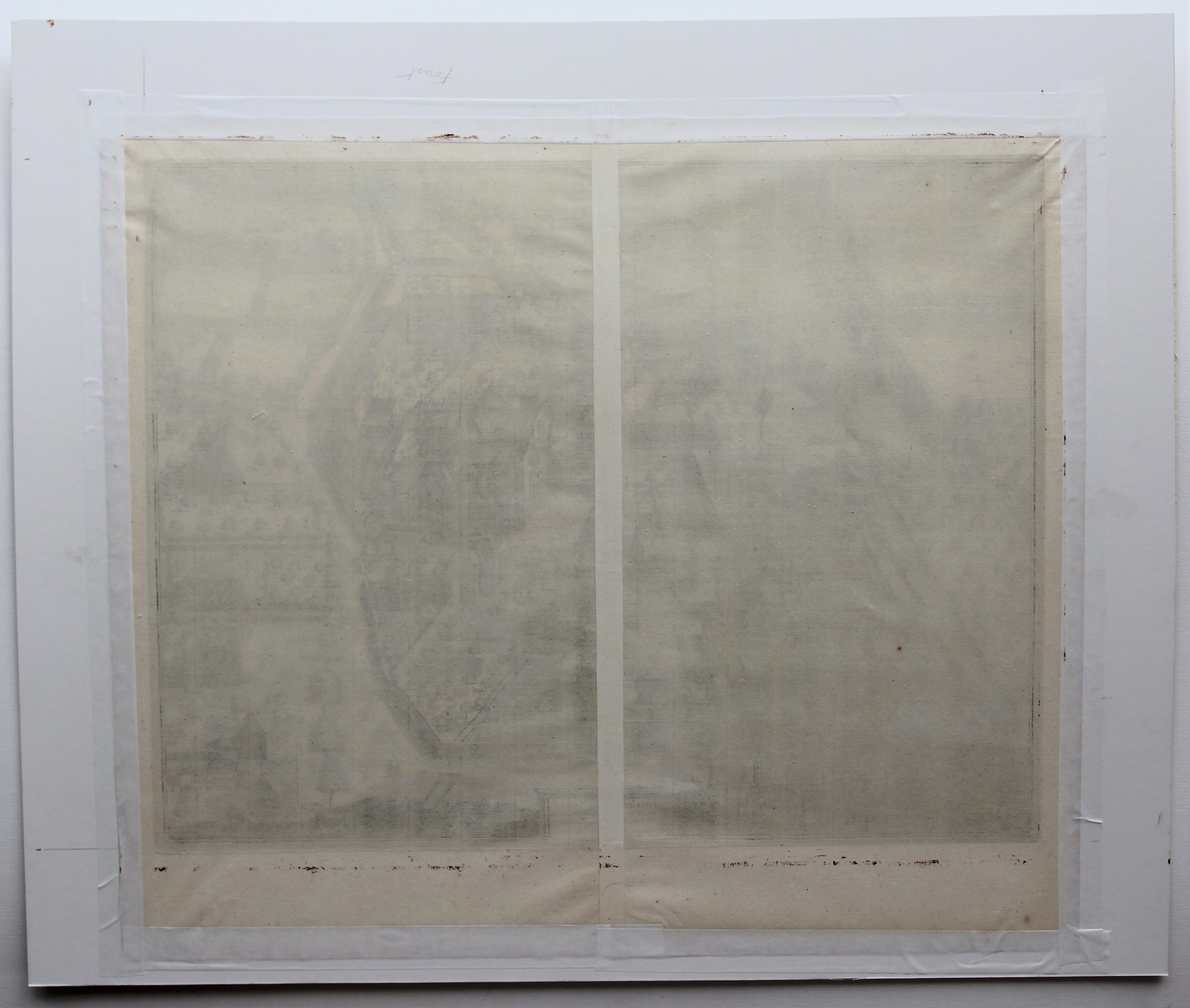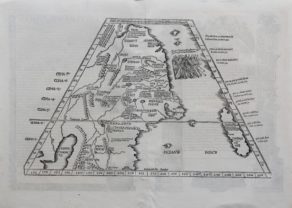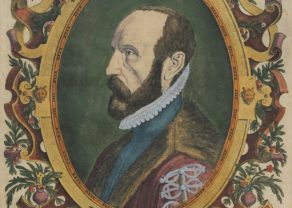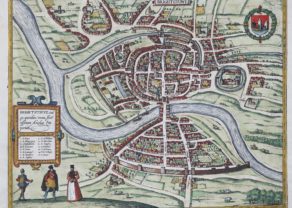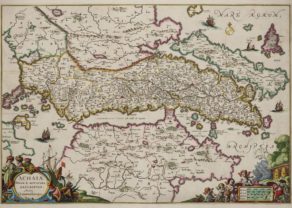Brussels – Forestum vulgo Vorst
Detail
Date of first edition: 1659
Date of this map: 1659
Dimensions (not including margins): 47 x 36,4 cm
Dimensions (including passe-partout): 62 x 52 cm
Condition: Very good. Sharp copper engraving on strong paper. Wide margins (in passe-partout). Centre fold as published.
Condition rating: A
From: Chorographia Sacra Brabantiae, (first published 1659), Sanderus
In stock
Vorst – Forest
In the 12th century, Fulgence founded a women’s community in Vorst, through the abbot of Affligem. In 1238 the priory of Vorst became independent and in August 1239 the first abbess was appointed. From the Community of Noble Benedictine (Dames van Vorst) consisted of noble and/or wealthy nuns who transferred their personal property upon entering the monastery, allowing the community to grow rapidly, among other things by purchasing land or buildings in the neighboring places
In the 15th century, the church was completely rebuilt and was reserved exclusively for the nuns. From this period, spoken “Binne Kerke” (inner church) in “Outside Kerke” (parish church of St. Denijs), which was reserved for the Vorst parish members, date from this period.
On March 26, 1764 a fire is destroyed and works of art of priceless value go up in flames. On September 12 of the same year, Charles of Lorraine, Governor of the Netherlands, laid the foundation stone of the new buildings designed by the court’s first architect, Laurent-Benoît Dewez, which included the Castle of Seneffe, by the Abbey of Seneffe and had designed the ancient abbey of Orval.
The period of the revolution in 1789 and the French occupation was disastrous for the movements, extensive damage to the buildings and the flight of nuns to a quieter place. In 1796 all religious communities were dissolved and the abbey properties were sold separately (dyers, spinning mills, breweries.
In 1964, the municipality of Forest (south of Brussels) buys the abbey and begins its restoration.
Related items
-
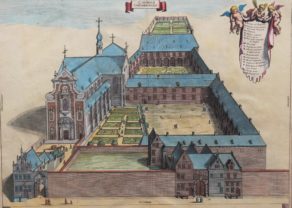
Antwerpen – Carmelus Antverpiensis
by Antoon Sanderus, Renier BlockhuyzenPrice (without VAT, possibly to be added): €300,00 / $333,00 / £267,00 -
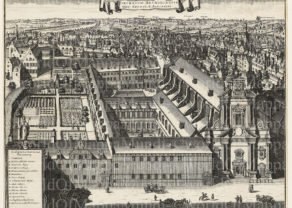
Brussels (Augustinian Convent) – Coenabium Bruxellenis Ord. Eremit. S Augustini
by Antoon Sanderus, Renier BlockhuyzenPrice (without VAT, possibly to be added): €450,00 / $499,50 / £400,50 -
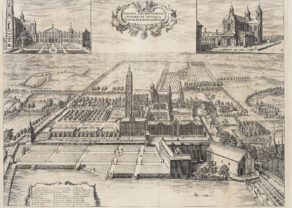
Grimbergen (abbey) – Abbatia Grimbergensis celebris et Antiqua Ordinis Praemonstratensis
by Antoon Sanderus, Renier BlokhuysenPrice (without VAT, possibly to be added): €450,00 / $499,50 / £400,50An abbey and its beer
-
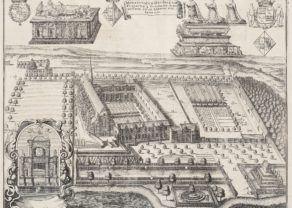
Heverlee (abbey) – Monasterium Heverlense fundatum a Guilielmo Duce de Croy et de Aerscot et. Anno 1521
by Antoon Sanderus, Renier BlokhuysenPrice (without VAT, possibly to be added): €450,00 / $499,50 / £400,50 -
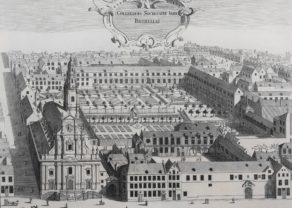
Brussels (Jesuit college)
by Antoon SanderusPrice (without VAT, possibly to be added): €450,00 / $499,50 / £400,50
